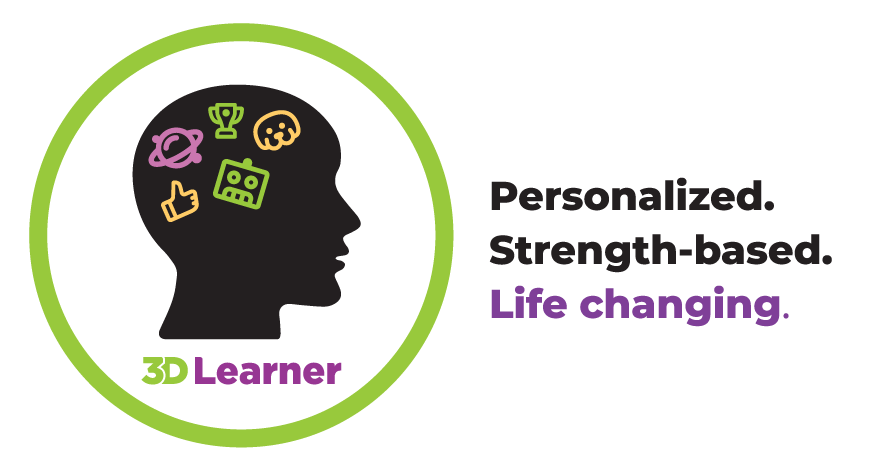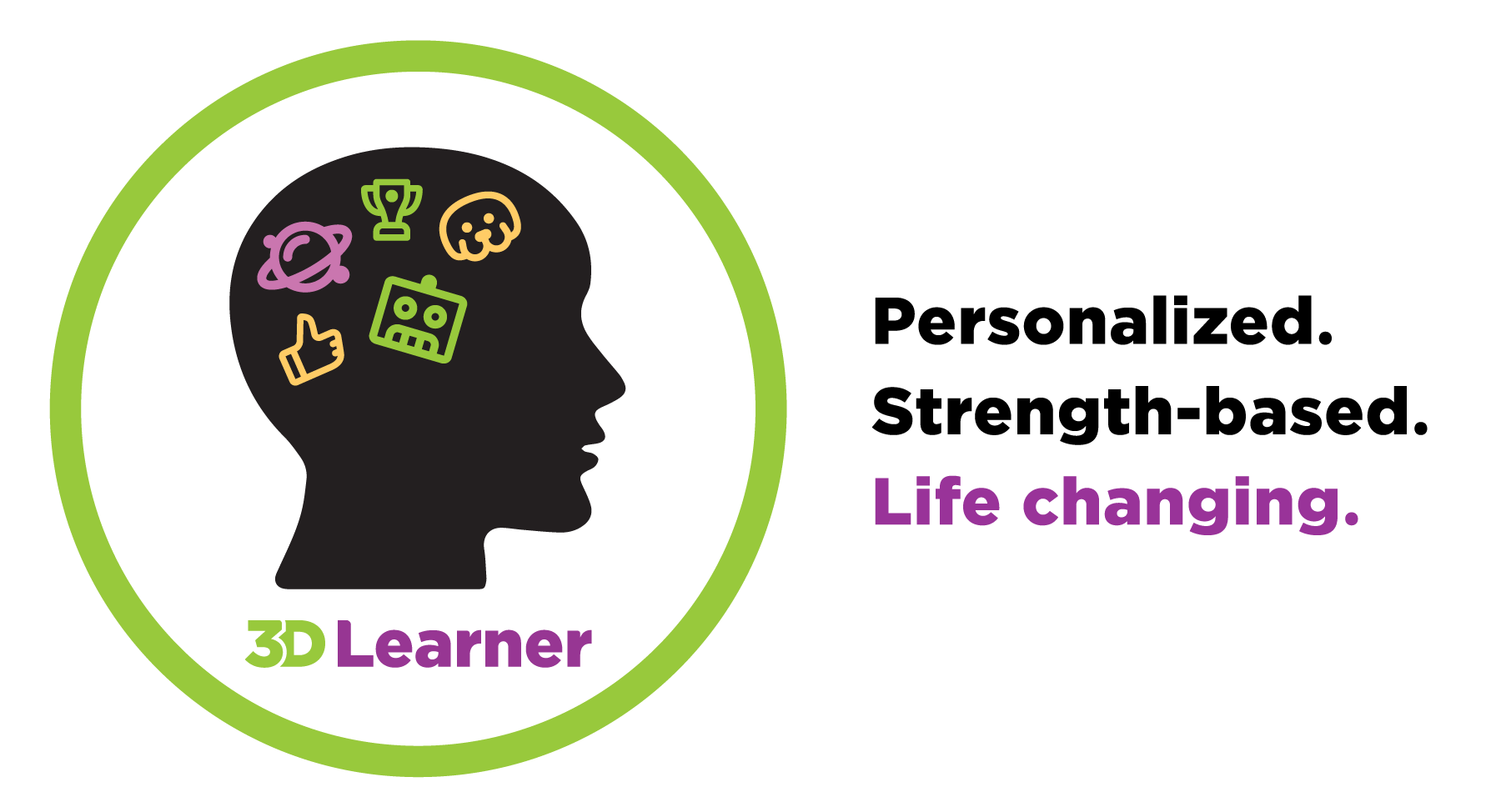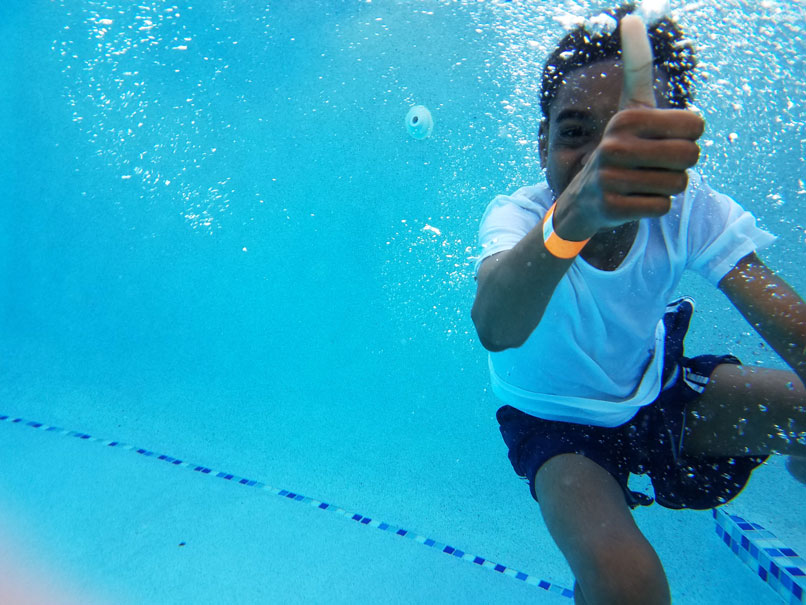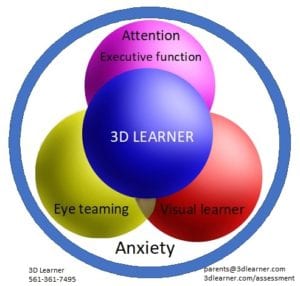
Improving Reading Comprehension and Lowering Anxiety
Improving Reading Comprehension & Lowering Anxiety
The Right Mindset & Assessment Can Make The Difference
Reading comprehension and anxiety issues are two common reasons why parents seek help for their children. The two are often related. Reading comprehension challenges often cause anxiety issues.
Other common related issues are:
- Avoiding reading
- Homework time and stress
- Low self-esteem and hearing their child say, “I am stupid.”
- Difficulty getting services from their child’s school.
- The high cost of tutoring without significantly improving comprehension or lowering the stress
This article discusses how parents have dramatically improved their child’s reading comprehension and self-esteem while lowering anxiety. We have found are; the parents’ mindset, the correct assessment, and the right partner.
Five common points about reading comprehension and anxiety:
1. We estimate that 80% of the students with reading comprehension issues are Visual Learners.
2. Many families are often given negative feedback on their child’s reading. Grade retention is one common possible outcome. Private schools often recommend enrolling the child in an expensive supplemental school program. These programs can range anywhere from $4000 a year to up to $60,000 a year for a specialized dyslexia focused school.
We have found it is not the feedback that is the most important thing. What matters the most is your reaction to the feedback. We encourage parents to take the “I will make the difference” mindset.
3. The correct assessment is important. Our students’ most common problems are that the child is an undiagnosed Visual Learner, and they have visual processing and anxiety challenges. Most assessments do not identify the Visual Learner or visual processing issues.
4. Partnering with the right professional is critical.
5. Starting now is more important than ever. Too often, parents tell us they were aware of the challenge years ago but waited to act. While the best time to act may have been a year or two ago, the next best time is today.
Reading vs. Reading Comprehension
Too often, schools will tell a parent that their child is reading on grade level. This may mean their child can read out loud fluently and accurately. At 3D Learner, we improve fluency, but our focus is on reading comprehension.
Improving your child’s reading comprehension improves:
- Test scores
- Grades
- Their ability to handle math word problems
- A student’s desire to read to learn and for fun
- Mainstreaming and avoiding high-cost investments
Below we discuss three examples – focus on the one that is most relevant to you.
- A third-grade mom who was told retention was a virtual certainty in October. Read how she refused to accept that prognosis. Note, today, her daughter has a 4.2 GPA in high school.
- A second-grade mom who was spending $35000 at a dyslexia school. She discovered her son was a visual learner. She took action and mainstreamed her son the following year. One year after that, he was in the gifted class at public school. A net savings of over $300,000.
- A fifth-grade mom who was told she did not need to do anymore. Her daughter was at the 48th percentile. The principal said, “someone has to be average.” We were able to get her daughter from the 48th to the 95th percentile. Better yet, her anxiety declined, her self-esteem soared, and her daughter was a different child.
We then asked the three parents what was most important to them. Their answers have some commonalities and some differences.
- Case Study One – 3rd Grader at Public School
Avoiding third-grade retention
Reading comprehension
Reducing anxiety
Boosting self-esteem
The high cost of tutoring - Case Study Two – 2nd Grader at Public School
Avoiding the high cost of dyslexia school
Reading
The child said, “I am stupid.”
- Case Study Three – 5th Grader at Public School
Preparing for middle school
Comprehension
Homework time and stress
Major investments in tutoring without desired results
Leveraging Third Grade Retention Risk By Improving Reading Comprehension
Third-grade retention is likely to be a risk for public and charter school students in the 2020-21 school year. There are predicted to be more students than ever who are at risk because comprehension gaps have widened since March.
Nancy was a classic case of a determined third-grade mom. When she got the report card in October, her daughter’s teacher wrote that her daughter would be retained in third grade.
Mom asked, “What can we do to avoid that?” The answer was, “Not much, your daughter’s reading comprehension is 1.5 years below grade level, and I think retention would be good for her.”
Mom called a friend, who said, “Call 3D Learner – their mindset is that when a parent, often the mom, hears someone asking the parent to accept reality, that is the best time to take action.”
After that conversation, the mom asked us – “I am determined to get my child back to grade-level – what can I do?”
The assessment results showed her daughter:
- Was a visual learner
- Had visual processing issues
- Had a reading comprehension level 1.5 years below grade level
- I was very anxious when discussing the year-end test. Her heart rate jumped from the low 90s to over 150 beats per minute when we referenced the test name. We. Did. not administer any test.
After doing the 3D Learner Program®, her daughter’s comprehension improved 2-grade levels in 4 months. She scored above grade level on the FCAT. Better yet, she blossomed into a very successful student and young adult.
Mom was able to turn the grade retention threat into an opportunity. The first two keys to her success were:
- Changing her mindset. She accepted the challenge to prove the teacher wrong.
- Assessing for success. She had discovered her daughter was a visual learner. She got an assessment that confirmed her daughter was a visual learner. It also highlighted her daughter’s strengths, which in turn increased her self-esteem. The assessment also highlighted the challenges that needed to be addressed.
Improved Reading Comprehension – The Key to Reducing Dyslexia Costs
Mom was frustrated. She was about to spend $54,000 a year at a dyslexia school. Her husband said, “That would be over $540,000 over ten years. Can we find a better option?”
Mom searched and found our 3D Learner video of a second-grader parent who had been struggling with dyslexia. The mom in the video shared how she had discovered her daughter was a Visual Learner with dyslexia by taking the 3D Learner assessment. With our program, the daughter had improved her comprehension 2 grade levels in 4 months and 3 grade levels in 7 months. The prospective mom then took our Visual Learner Quiz. It revealed that her daughter was also a Visual Learner.
After she took the quiz and received her results, she called us. We then asked her a series of questions. We ascertained that her son was a Visual Learner with visual processing issues. He skipped words and lines when reading, missed signs in math problems, and his eyes tired easily.
Our full assessment results showed that her son was a lot smarter than the present results were indicating. On 4 of the 11 parameters on the assessment, he scored at the gifted level, and on 3 others, he was on the superior level. There were two glaring issues:
- Problems with questions that involved a lot of small words – words that do not generate a picture.
- Difficulty tracking words and sentences.
When we shared the 3D Learner’s program costs, the family was intrigued.
“Your initial investment is less than 1% of the investment the school will require. Is it possible my child could be mainstreamed in public school with your help?’ We answered there was a very high probability of success. Dad then asked, “It appears my child could be gifted. Is there any chance he could get into the public school gifted program and succeed?” We said, “That is a possibility if we all work together to make it happen.”
The good news is the child was mainstreamed in public school. His reading comprehension was now above grade level, and he had a real desire to learn. The following year he was accepted into the gifted program. All because the parents chose to make the difference.
Reading Comprehension – From Average to The Top 5%
Reading comprehension had always been a problem for her daughter. With a 115 IQ and a reading comprehension score at the 48th percentile, mom went to the principal. When she asked what else could she do for her daughter, she was astounded to hear, “Nothing, someone has to be average.”
Mom did some research online and was realized her daughter was a Visual Learner. This concept was new to her.
Her daughter:
- Was good at remembering places she had been, even from years ago.
- I learned best when she saw and experienced information.
- Was a lot smarter than present results would indicate.
Mom was intrigued. Her daughter also had visual processing issues. Mom wondered how this was possible.
It turns out the Visual Learner has a stronger right brain, the part of the brain responsible for visualization, problem solving and visual memory. The Visual Learner also has stronger peripheral vision but has difficulty converging. Meaning, they can see what is around them, but has difficulty tracking when reading.
Mom was especially interested in improving reading comprehension, test scores, lowering anxiety, and building self-esteem.
When we assessed her daughter’s anxiety levels, it was, in fact, very high. Mom was not surprised and asked, how can we lower her anxiety level?
We said, “That can be done with over 95% of the students we see.” We then asked what caused the anxiety?”
- Any time her daughter had to take a high stakes test.
- Math word problems were a big challenge.
- Reading assignments that required reading a book or many pages.
- Any test.
When the mom worked with her daughter, it often resulted in a long, drawn-out battle. Homework that should have taken an hour often took 2.5 hours or more.
After our discussions, we came up with her daughter’s key areas for improvement:
- To get her daughter’s reading level to 2 years above grade level.
- To improve her test scores to be in the 85th percentile plus, commensurate with her daughter’s IQ
- To lower her anxiety and improve her higher self-esteem.
- To spark her daughter’s love for learning.
- To support the parents to be the coach and advocate her child needed.
Over the next four months, her daughter was able to:
- Improved her reading comprehension by three grade levels.
- Scored at the 95th percentile in language arts.
- Took tests with much less anxiety.
Even better
- Her daughter was reading much more than ever before.
- Her daughter was now talking about college and had a desire to learn.
- Mom reported her own health improved.
Improve Reading Comprehension for Your Visual Learner
We will meet parents who say:
- I am going to stick with what the school says.
- I am going to stay with our current tutor.
- I want to focus on reading and not comprehension.
We have had parents who initially shared these thoughts come back to us, wishing they had acted sooner.
We recommend considering the main pain points that are impacting your child and you.
Below are seven common challenges
- Reading comprehension
- Avoiding reading
- Self-esteem
- Anxiety
- Homework time and stress
- Not getting the help you need from school.
- The frustrations of not knowing how to be the coach and advocate your child needs
Step One – Identify the three to five issues that are the most pressing?
Step Two – Commit to the “Make the Difference Mindset”
Step Three – Take our “Could my child be a visual learner? Quiz if you have not already done so. You will get immediate feedback and our E-book “10 Tips for the Visual Learner.”
Step Four – Schedule your no cost Stress to Success Strategy Session where we can discuss your 2 to 3 more pressing issues and how you can make the difference.
We have been there with our children. We had tried so many things without results. When we shifted our mindset and got the correct assessment, we were far better positioned to make the difference. To start on your pathway to improving reading comprehension and self-esteem while reducing anxiety, we recommend taking action today.








Recent Comments